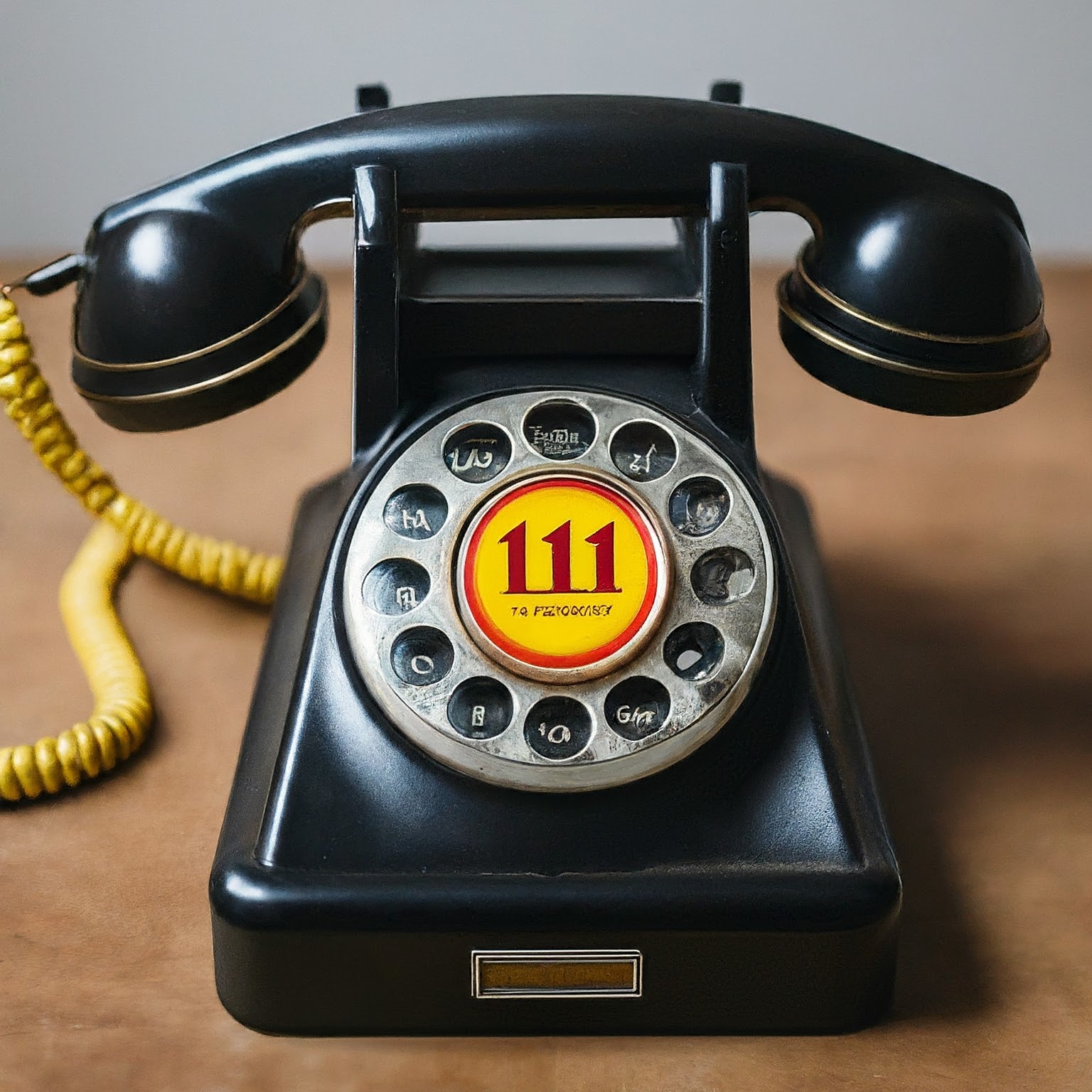For those looking to connect with friends, family, or business associates in Australia, understanding the Australian code phone system can be a bit daunting. Fear not! This comprehensive guide unravels the mysteries of Australian phone codes, making international calls a breeze.

Breaking Down the Basics:
Australian phone numbers consist of two key parts:
-
Country Code:
- This identifies the nation you’re calling. For Australia, it’s +61.
-
Area Code (or Mobile Prefix): - This directs your call to a specific region or identifies it as a mobile number.
Understanding Area Codes:
Australia utilizes area codes to designate geographic locations. Here’s a breakdown of some common ones:
-
New South Wales & Australian Capital Territory (ACT): (02)
-
Victoria & Tasmania: (03)
-
Queensland: (07)
-
South Australia, Northern Territory & Western Australia: (08)
Mobile Numbers:
Australian mobile numbers differ slightly. They begin with the national trunk code (0) followed by a mobile indicator (usually 4 or 5) and eight digits. For example, 0412 345 678. When calling internationally, omit the leading “0” and use the format: +61 412 345 678.
Important Note:
The “0” prefix is only used when dialing within Australia. For international calls, always use the full international format (+61 followed by the area code or mobile number).
Calling Special Numbers:
Australia also has a range of special numbers prefixed with “1,” which may have different dialing procedures when calling internationally. It’s always best to consult with your carrier for specific instructions on dialing these numbers.
Going Mobile?
If you’re traveling to Australia, consider purchasing a local SIM card. This allows you to receive calls and make local calls at a more affordable rate.
With this knowledge in hand, you’re well on your way to mastering the Australian code phone system and connecting with those Down Under!
لا تعليق